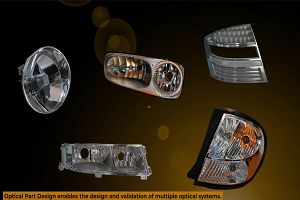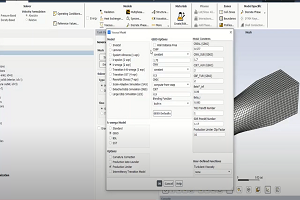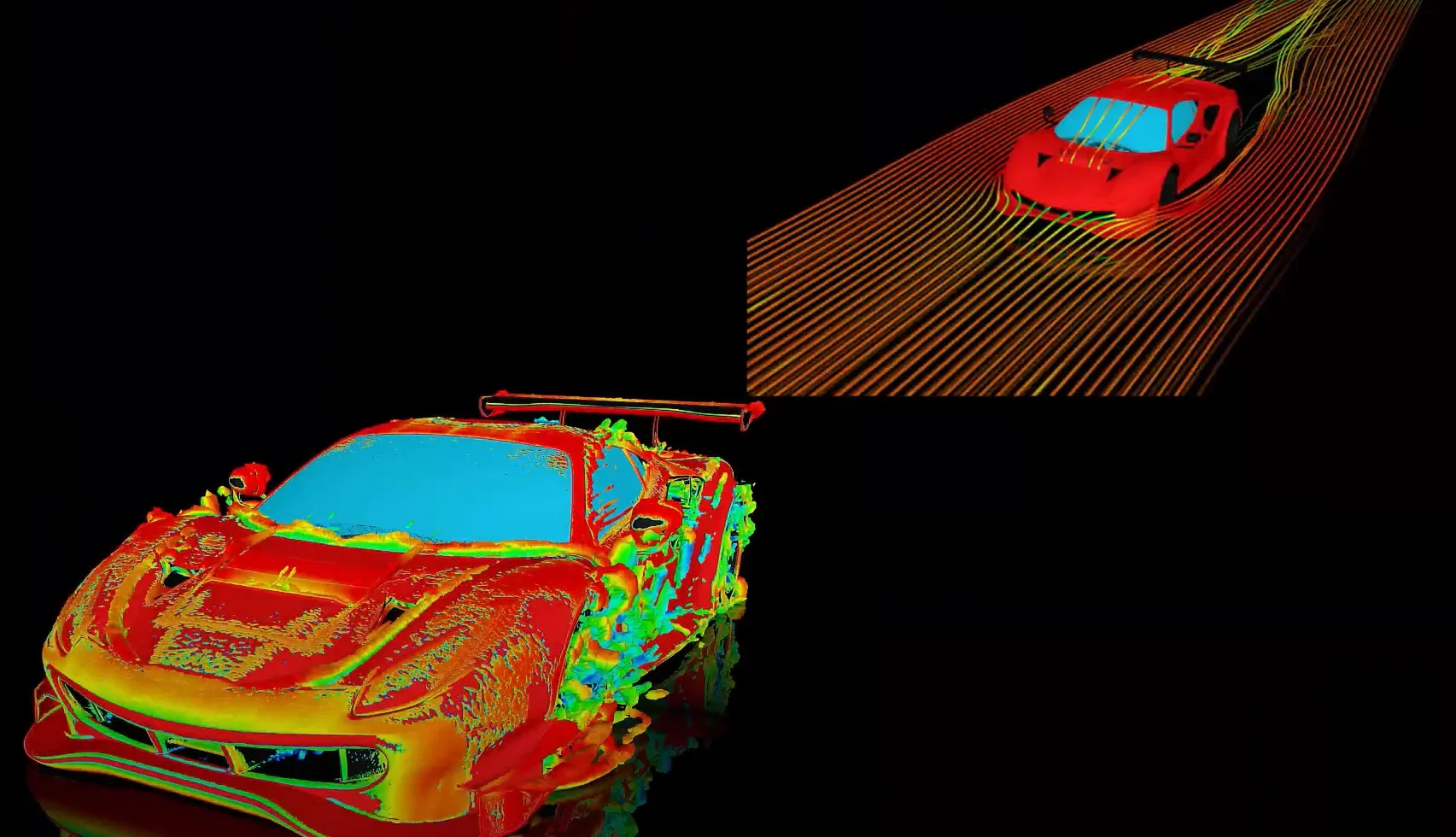The 4-noded linear tetrahedral element is generally too stiff to provide good response accuracy. Does the Solid285 element also suffer this same problem?
Tagged: 18.2, mechanical, static, structural-and-thermal, structural-mechanics
-
-
April 5, 2023 at 2:32 pm
 FAQParticipant
FAQParticipantThe 4-noded linear tetrahedral elements that uses pure displacement formulation generally suffer from volumetric locking. This is due to inaccurate calculation of volumetric strains that results in an overly stiff response. In SOLID285 elements, u-P formulation is used which introduces hydrostatic pressure as an additional degree of freedom. As a result, the accuracy of the volumetric calculations are improved significantly, so the response of SOLID285 elements is very accurate. However, The element may not offer sufficient accuracy for bending-dominant problems, especially if the mesh is not fine enough. Therefore, it is not recommended in bending dominated problems.
-


Introducing Ansys Electronics Desktop on Ansys Cloud
The Watch & Learn video article provides an overview of cloud computing from Electronics Desktop and details the product licenses and subscriptions to ANSYS Cloud Service that are...

How to Create a Reflector for a Center High-Mounted Stop Lamp (CHMSL)
This video article demonstrates how to create a reflector for a center high-mounted stop lamp. Optical Part design in Ansys SPEOS enables the design and validation of multiple...

Introducing the GEKO Turbulence Model in Ansys Fluent
The GEKO (GEneralized K-Omega) turbulence model offers a flexible, robust, general-purpose approach to RANS turbulence modeling. Introducing 2 videos: Part 1 provides background information on the model and a...

Postprocessing on Ansys EnSight
This video demonstrates exporting data from Fluent in EnSight Case Gold format, and it reviews the basic postprocessing capabilities of EnSight.

- How to reduce contact penetration?
- How to decide which side should be Contact and which should be target in Contact definition?
- What is the difference between secant and instantaneous coefficients of thermal expansion (CTE)?
- How to use the Newton-Raphson residuals option under Solution Information?
- Does ECAD trace mapping support more than one type of trace material (usually copper) in the same layer?
- How to plot stresses of a beam connection in Workbench?
- How can I apply a controlled rotation in ANSYS Mechanical
- Difference Between Environment Temperature and Reference Temperature in Mechanical
- How do I export all result objects data in tabular format?
- How can I understand Beam Probe results?

© 2025 Copyright ANSYS, Inc. All rights reserved.

